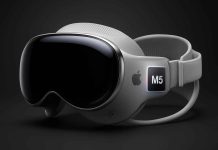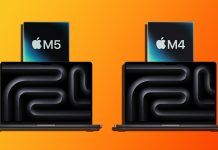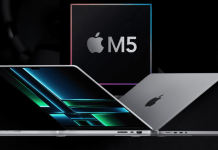This is truly a very complex device
Apple includes a simple USB-C 2.0 cable with the new iPhone 15 Pro, although the smartphones support USB-C 3.0. But Apple sells a Thunderbolt 4 (USB-C) Pro cable for between $70 and $160 depending on the length. The authors of the Lumafield portal decided to evaluate such a cable using a Neptune X-ray tomograph to understand whether the Apple cable is worth the money.
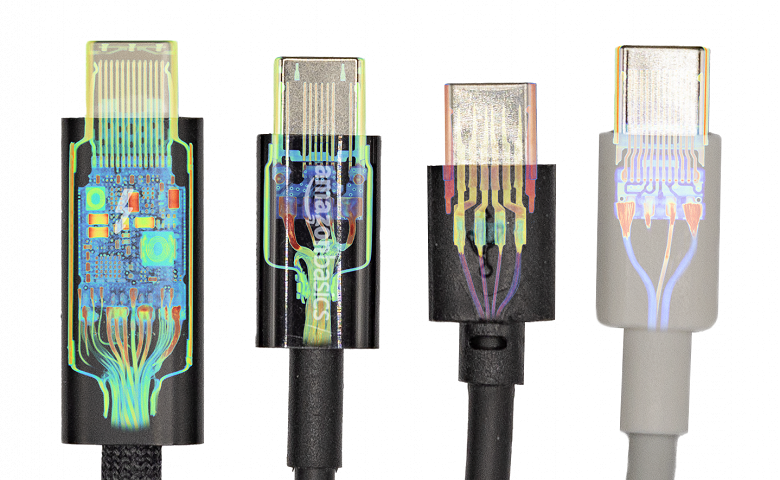
It turned out that the Cupertino product is truly head and shoulders above the cheap cables sold on the market.
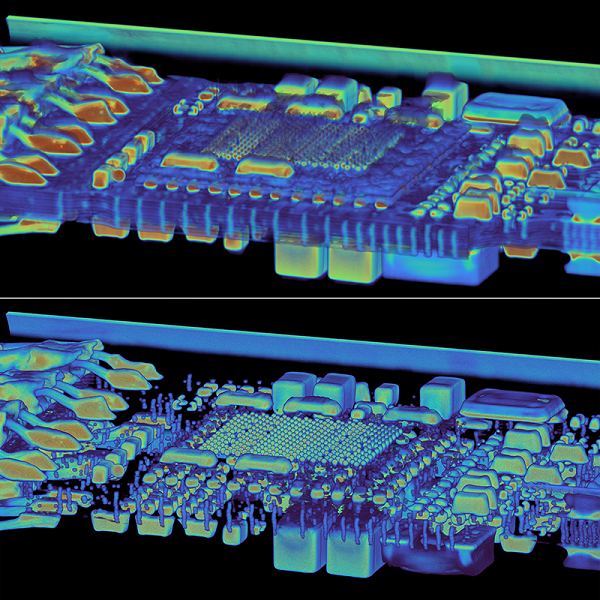
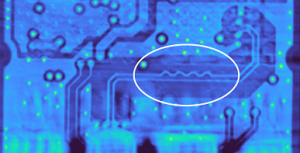
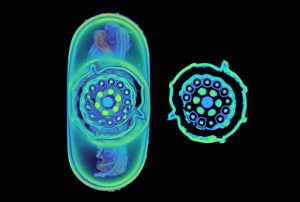
The connector has a hard plastic housing; underneath there is a metal shield, completely glued to the connector body – everything is made of stainless steel. Where the cord exits the connector, we see a one-piece strain relief, crimped on eight different sides, which shields the entire bottom of the assembly.
Up to $160 Apple Thunderbolt 4 (USB-C) Pro Cable X-rayed
The Thunderbolt connector delivers maximum performance at virtually every point; it has 24 pins, all mounted independently on a 10-layer PCB. By filtering out the lower-density PCB substrate in our Voyager rendering, we find many blind and hidden vias. Blind vias connect the outer layer to the inner layers but do not extend across the entire board, while hidden vias connect only the inner layers and are not visible from the outside.
Another interesting thing hidden in the board is a wobble on one of the tracks. It contains a small workaround to ensure that its length is equal to the length of its pair trace, which is especially important for ultra-high-speed data transfers.
The Thunderbolt cable contains three different types of wires, corresponding to its separate charging and data transfer capabilities. Coaxially shielded cable cores are high-speed data transmission lines. Most of the unshielded wires carry power, but two of them are designed to carry data and support legacy USB 2.0 features. The wires and their screens are displayed separately on the printed circuit board.
To sum it up, the authors say that the Apple cable is an amazing piece of precision engineering.
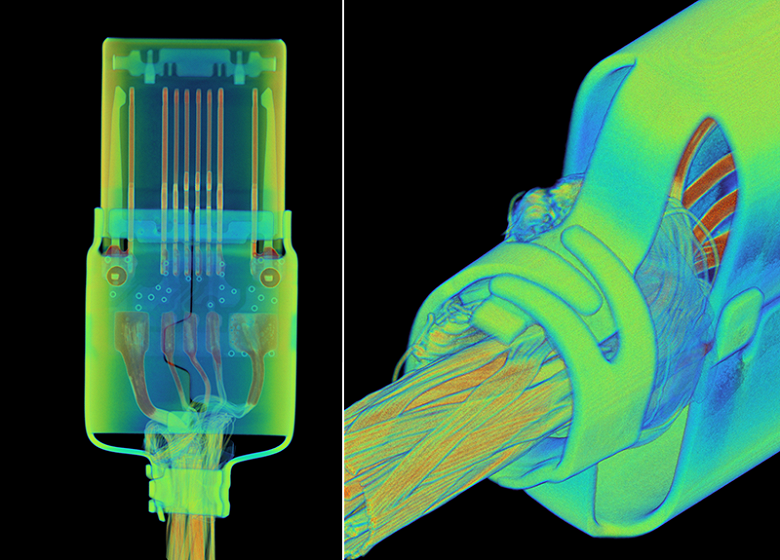
As for cheaper cables, everything is much worse. For example, the Amazon cable, which costs an order of magnitude less than the Apple cable, although it supports transmission of up to 60 W of power, only complies with the USB 2.0 standard. This cable has only 12 pins crossing each other, a ground shield inside the housing, and a small chip for controlling power and data transfer.
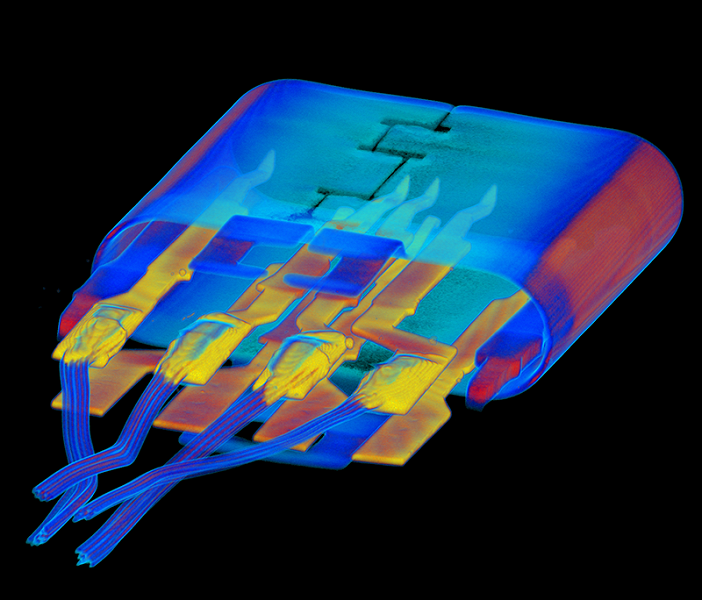
The $6 NiceTQ USB-C cable is even more basic. It is unshielded and the connector body is housed in molded plastic without any connection to the cable’s ground wire. The cable strain relief is just a rubber extension of the plastic body of the plug, without metal reinforcement, unlike the two previous connectors. There are eight pins inside the connector, but only four of them are connected to the cable. This cable does not have any printed circuit board at all.


